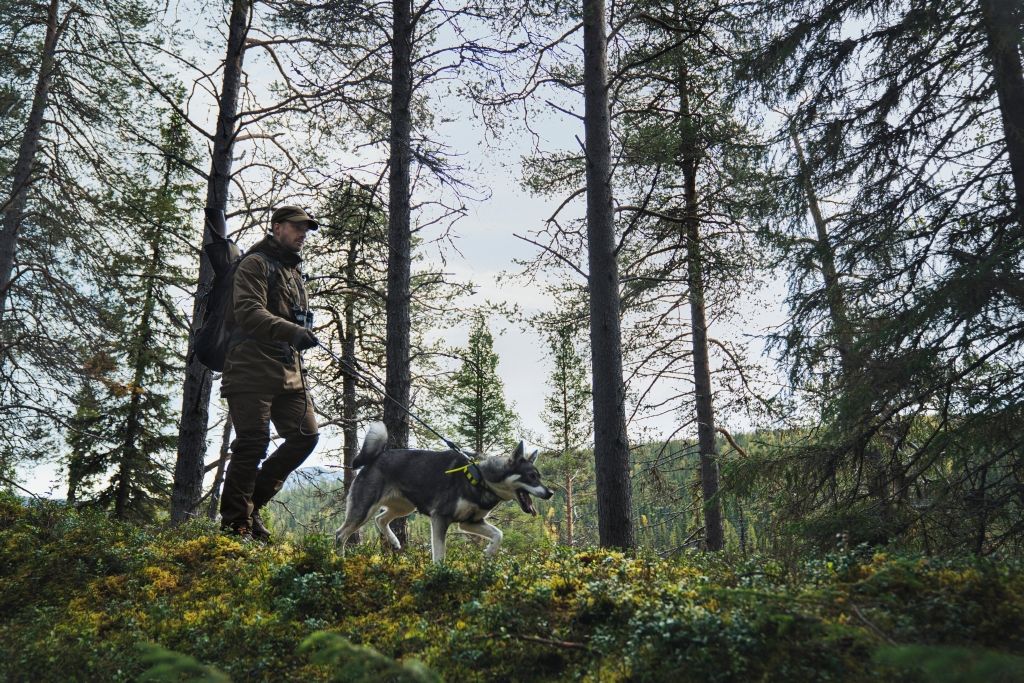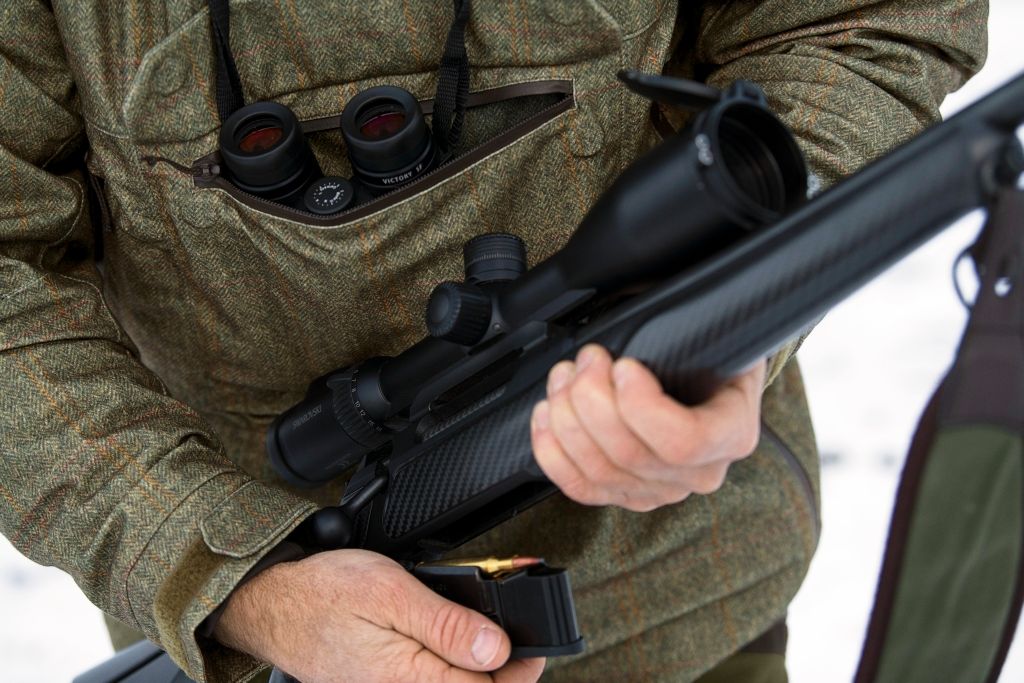How to
Finding the best hunting jacket
Hunting jackets have in recent years become more and more specialized and there are now lots of different models available for various types of hunting, weather conditions and levels of activity. Here are a few tips that can help you find the one that is right for you.
Feeling comfortable on the hunt is an essential precondition for a good hunting experience. If you are too cold, too warm, or soaked, the discomfort will ruin the experience and shorten your quality time in nature.
However, the weather, your level of activity and the type of hunt you partake in all have a great influence on what hunting jacket will give you the best comfort in the field.
“As the Fall and Winter seasons are gradually getting wetter, it makes sense to go for a waterproof jacket with a breathable membrane.”
//Warm and dry//
The primary function of a hunting jacket is to ensure comfort on the hunt. Different hunters pursuing different types of hunting in various weather conditions have individual perceptions of comfort. However, most people desire to be comfortably warm and dry on the hunt regardless of whether they are sitting still or moving around.
It is relatively simple to regulate temperature with layers of insulating clothes – like fleece or wool – under the jacket. Therefore, the most flexible solution in varying temperatures and levels of physical activity is an uninsulated shell jacket. A breathable barrier between the body and the outdoors. A weather shield that keeps wind and rain out while allowing moisture and surplus heat to be ventilated out

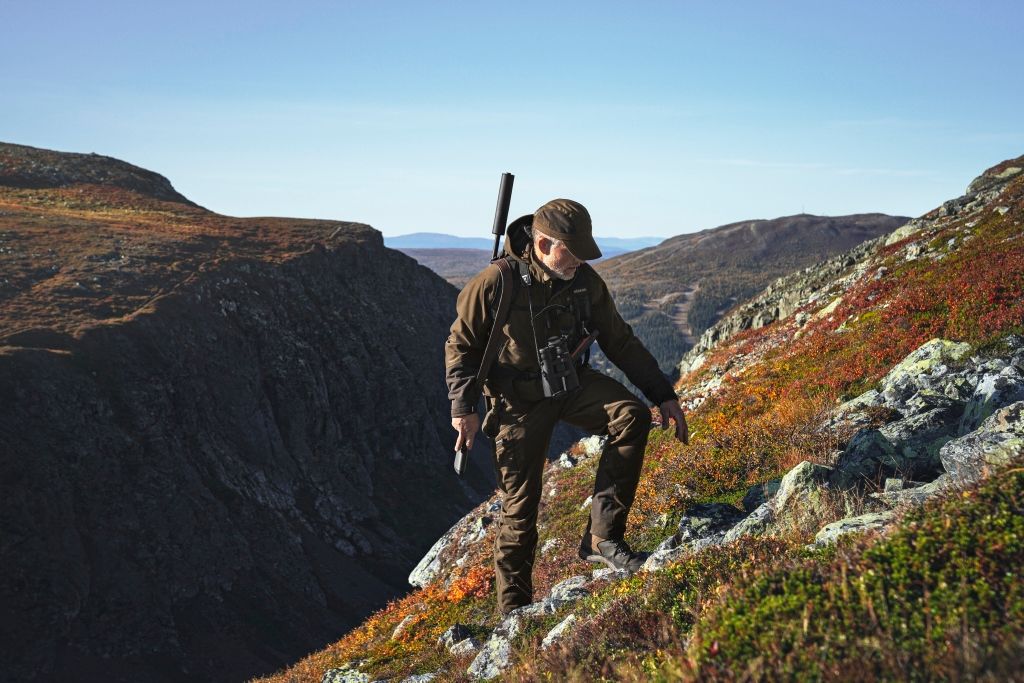
As the Fall and Winter seasons are gradually getting wetter, it makes sense to go for a waterproof jacket with a breathable membrane such as Gore-Tex or one of the other membranes on the market.
However, when you engage in very active hunts where only occasional light rain showers are expected, it makes sense to opt for jackets with either no membrane or with a hybrid membrane system where only the most exposed parts of your body is covered by a waterproof membrane. These jackets have superior breathability, compared to the ones with a jacket with a waterproof membrane that covers your arms and the entire torso.
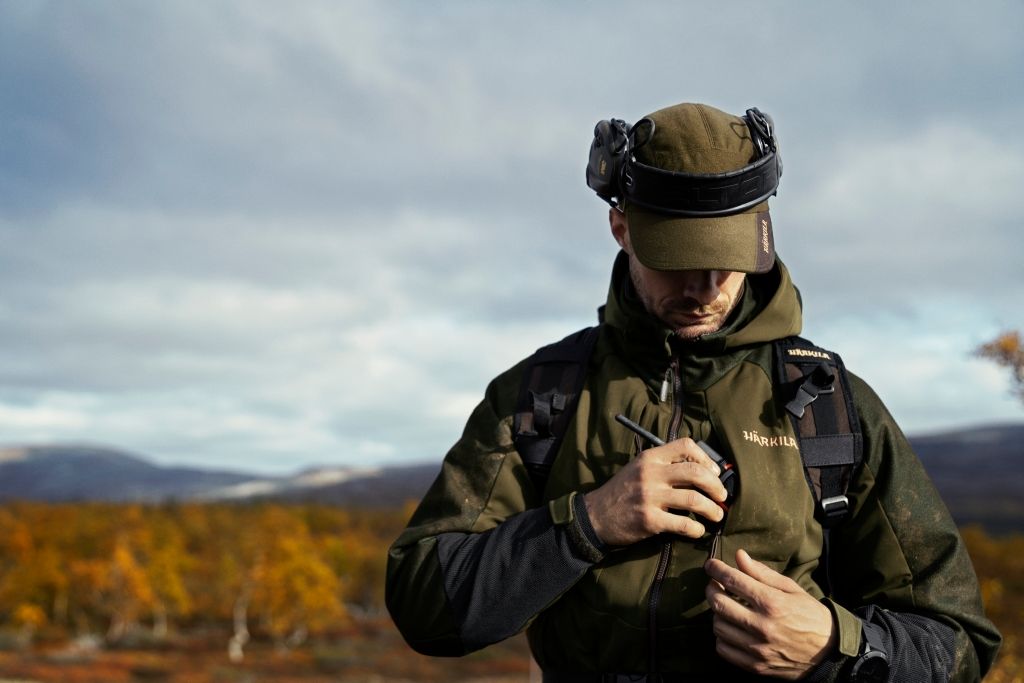
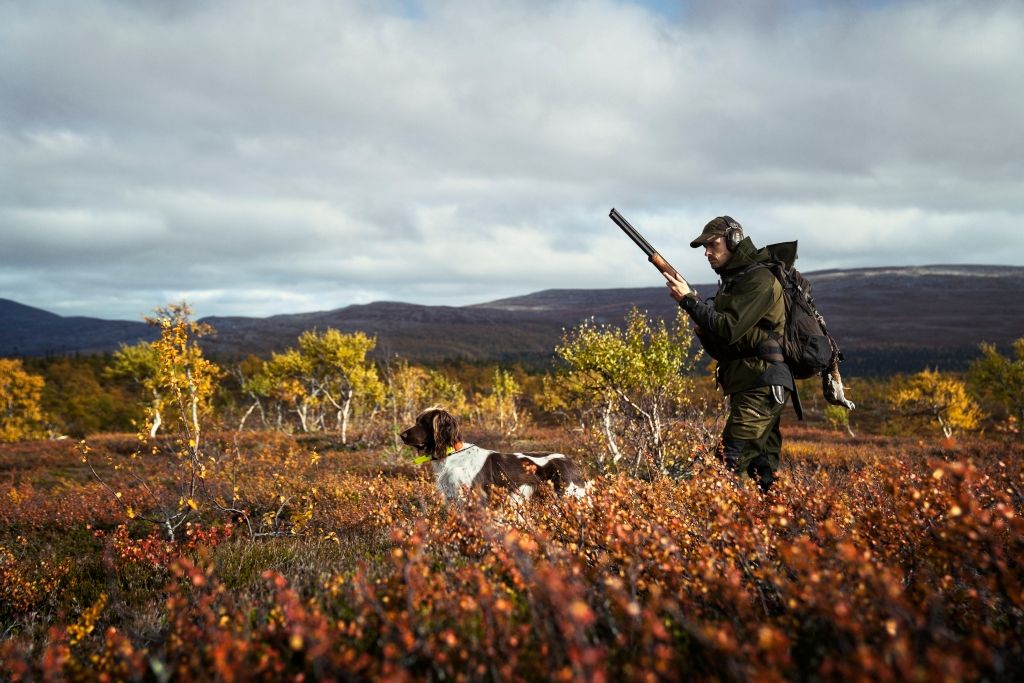
//Functionality//
Choose a jacket with a good fit for the kind of hunting in which you engage. It must be roomy enough to allow for multiple layers of insulation under it, but it should not be too loose to hinder freedom of movement. If possible, you should try on the jacket before you buy it. Test the fit concerning the actual moves you make when you are shooting.
Functionality is not exclusively about the proper fit, though. Maybe you need a radio pocket for your hunting radio, maybe loops to hold rounds of either rifle or shotgun ammunition, perhaps you need blaze orange details for high visibility or full camo for getting close to your quarry? A suitable number of pockets is a significant advantage; too many or too few is a problem.
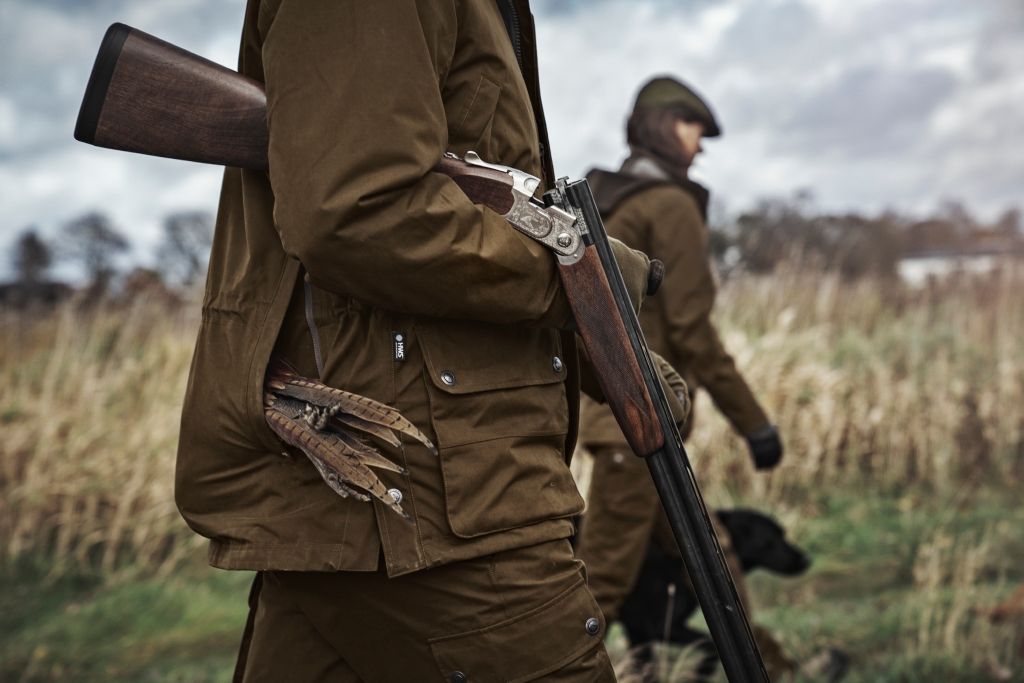
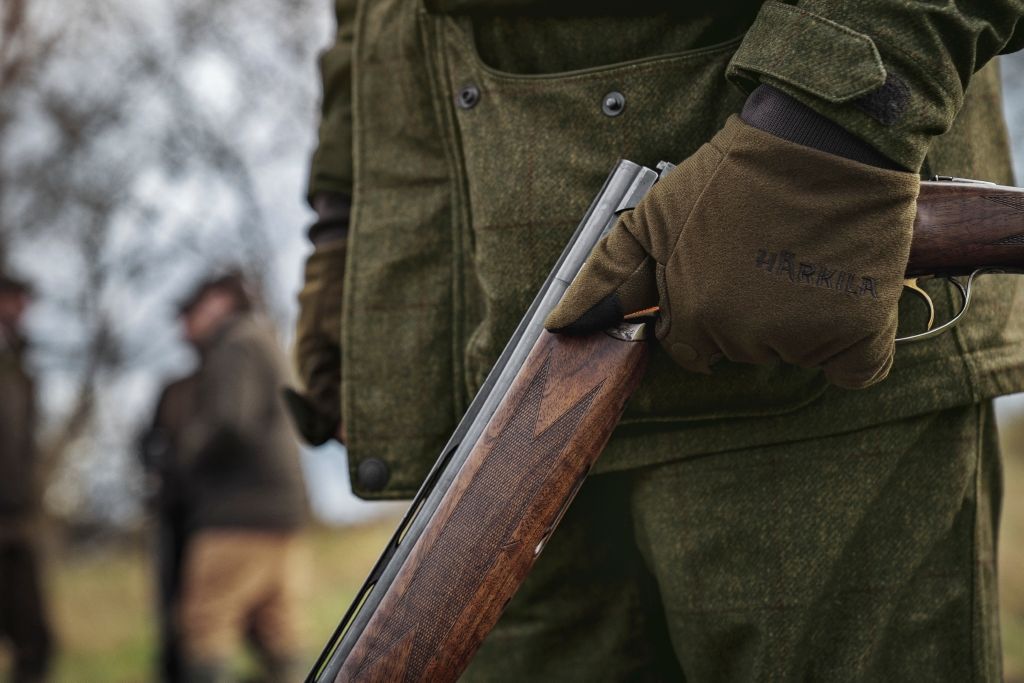
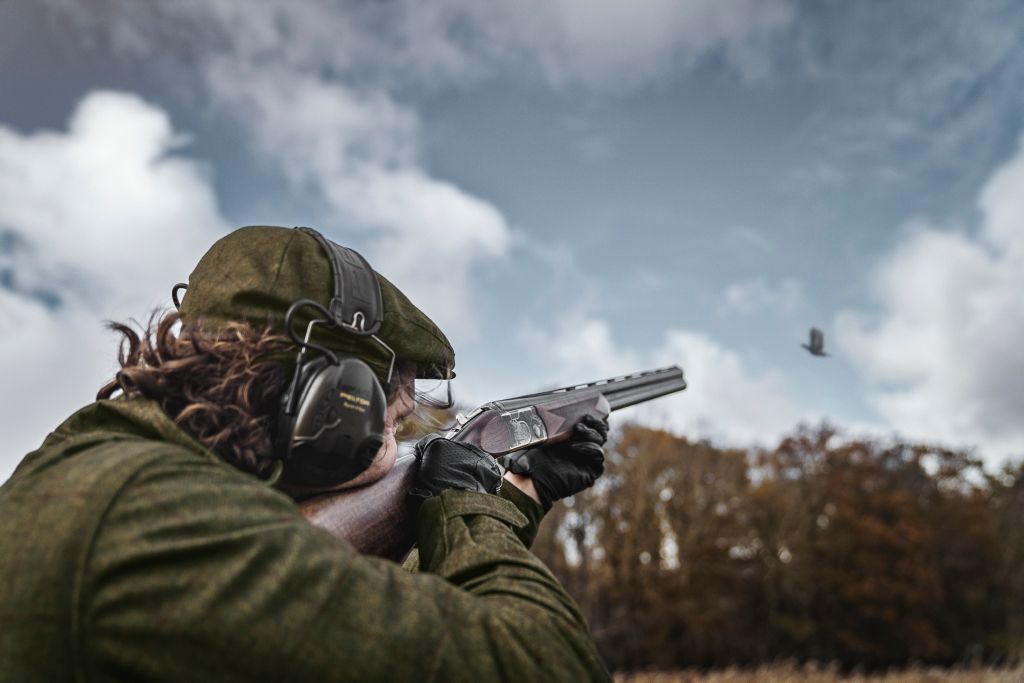
Another feature that plays a major role to many hunters is that the jacket is reasonably silent in the field. For example, when you are moving or when the jacket brushes against twigs or the sides of a blind. Of course, this plays a much more important role when stalking than on a driven hunt.
If you are very physically active during the hunt, you will probably appreciate zippered vents to improve the jacket's breathability. If you do a lot of hunting in rainy conditions, a good hood will make a huge difference. Perhaps you enjoy campfires and need a jacket that will not burn through at the slightest touch of an ember? The point is that you need a jacket that is specifically suited for your individual needs.
If you already have a lot of hunting experience, think back on the jackets you have already used on the hunt. Which features did you use, which did you not use, and which did you miss? A good talk with hunting friends can be helpful – especially if you are not as experienced as they are. A good hunting jacket should serve you for many seasons, so it is essential to choose carefully. There are so many of them.


Durability
Hunting is a physical activity that can wear down the clothes in many ways. The quality is crucial to the expected life span of the jacket. Different fabrics tackle thorny bushes very differently.
However, the strength and abrasion resistance of the outer material does not determine the jacket's durability alone. Seams, buttons, zippers, membranes, and other detail can also fail, making the jacket less useful. A detail as simple as the jacket's washability when it becomes dirty (and it will become dirty if used for the intended purpose) is vital to the jacket's functionality over time.
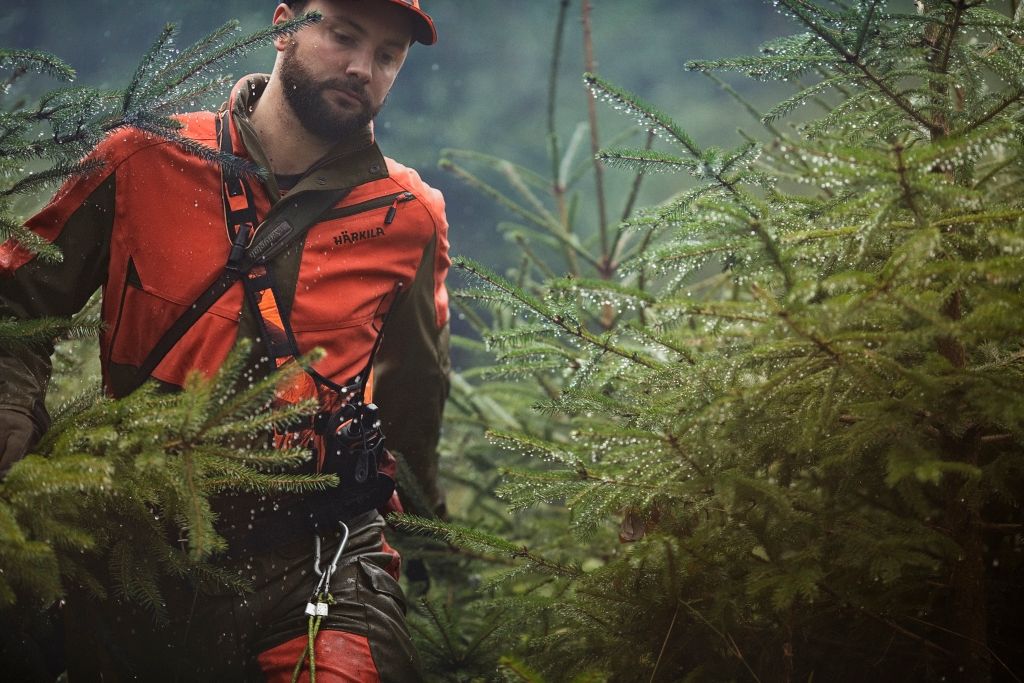
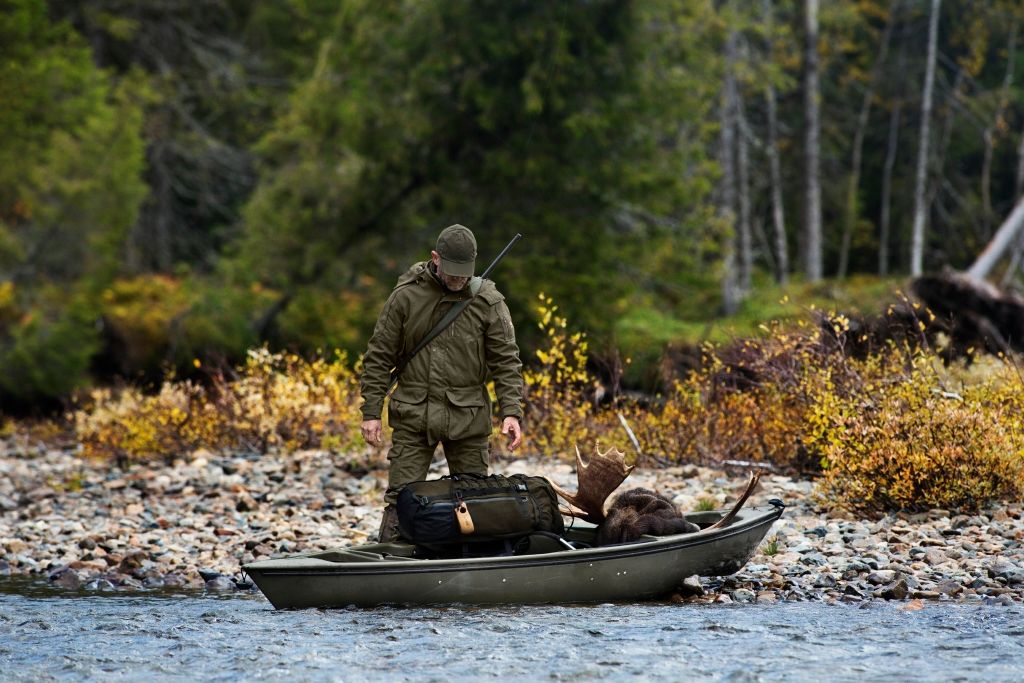
You should always look into the manufacturer's recommendations for maintenance and follow them to ensure the jacket's performance. If you choose to invest in a quality jacket, it is also important that the manufacturer offer a decent repair service when it is needed.
A good warranty on the jacket is always a good sign of quality backed up by the manufacturer. Of course, quality comes at a cost, but remember: If you choose to pay for quality, you only cry once, as the old saying goes.
